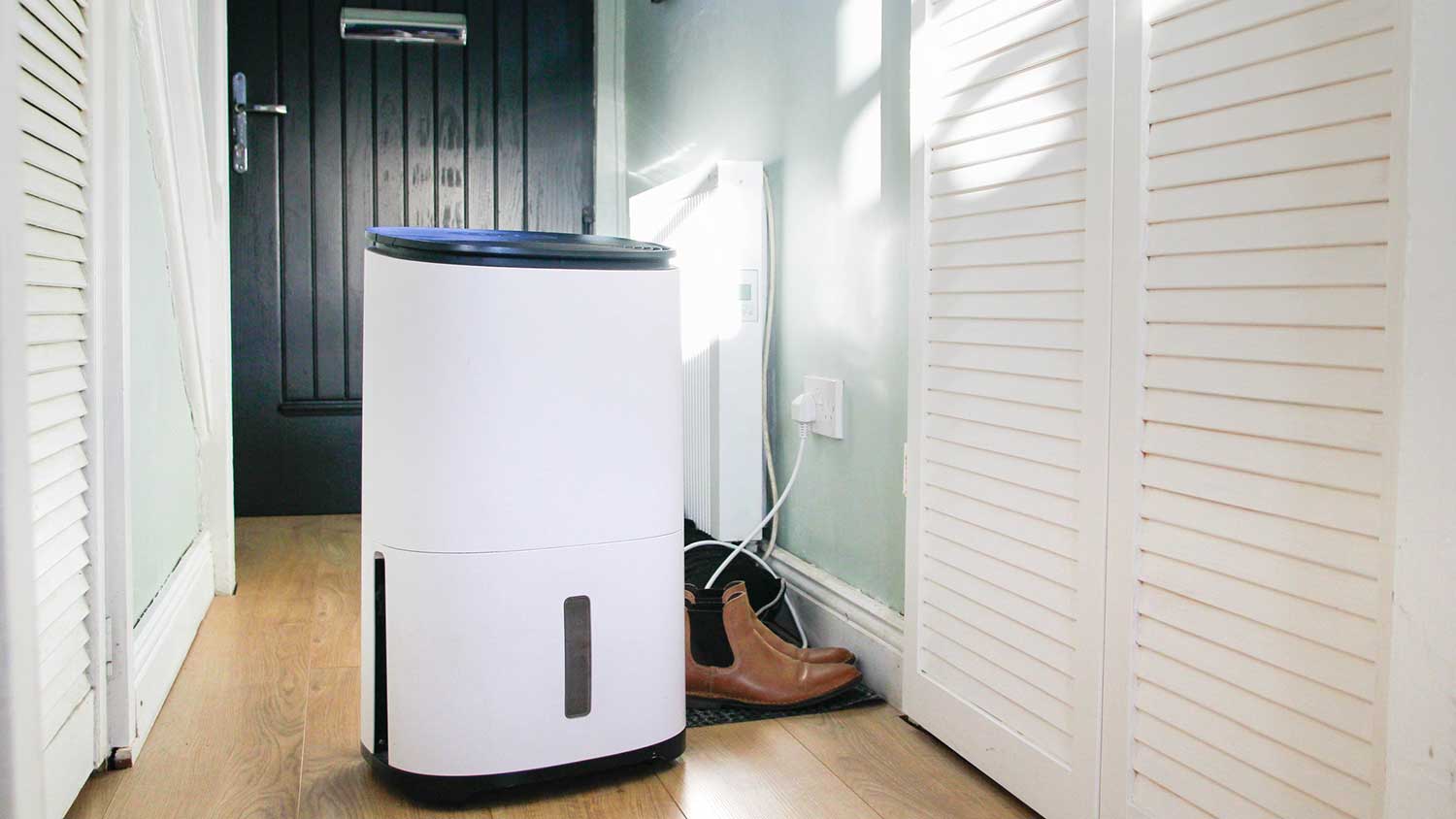How to Cap Off a Duct: 3 DIY Steps
Put a lid on too-high heating bills


- Screwdriver
- Duct cap
- Sheet metal screws
- Mastic or duct tape
Your home's HVAC ductwork hides behind floorboards or drywall, so you only think about it when it’s not functioning correctly. If you’re replacing old ducts with new ones or want to remove a register from an unused room, you’ll need to cap off the duct to promote efficient airflow and avoid overloading your HVAC unit. This guide will teach you how to cap off a duct in minutes.
Choose the Right Duct Cap
 Photo: ungvar / Adobe Stock
Photo: ungvar / Adobe StockDuct caps come in many different sizes and shapes to fit a variety of HVAC ducts. To find the right size for your needs, measure the duct you want to cap off and find an end cap that will fit. Round end caps range in size from four to eight inches in diameter, while rectangular ones range from eight inches by 12 inches to 24 inches.
Attach the Duct Cap
Once you have the correct duct cap, attach it to the end of the duct you want to seal off. You’ll want to ensure a snug fit since any gaps will let air escape through the duct. If it’s the wrong size, exchange it for another. Many home improvement stores accept returns if you accidentally purchase the wrong size. Attach the cap to the duct using sheet metal screws.
Seal the Duct Cap
 Photo: butus / Adobe Stock
Photo: butus / Adobe StockFinally, seal the duct cap to ensure a tight fit. Use mastic or duct tape to seal the duct completely. Mastic is the more expensive option but is long-lasting, so you won’t need to reapply to ensure the seal remains. Duct tape is a cheap and DIY-friendly option, but it will eventually lose adhesion and must be replaced.
Mistakes to Avoid
Capping off a duct is a relatively simple project, but without the proper knowledge, you could make several potential mistakes. Here are some of the biggest mistakes to avoid when capping off a duct.
Buying the wrong size cap
Not sealing the cap properly
Skipping the cap and taping the duct closed
Using the wrong screws to secure the duct cap
When to Cap Off a Duct
There are several times when you might need to cap off a duct. For example, if you’re removing a vent from a room you no longer use, you’d need to cap off the duct after removing the vent to maintain steady airflow in the ductwork system. Capping off a duct may also be necessary if the ductwork is damaged and you’re replacing it with new ductwork in a different part of the room. Capping off the old duct ensures that the air is directed to the new vent rather than leaking through the old one.
DIY vs. Hiring a Pro
Capping off an HVAC duct is an easy DIY for a handy homeowner. As long as you can find the right size cap for your duct and install it properly, being careful to seal it thoroughly, you can certainly do this job yourself.
However, if your ductwork is a non-standard size, you might need an HVAC professional to make a custom duct cap using sheet metal. The pro can then install the custom cap to seal off your duct, and they’ll ensure it’s done correctly so there are no leaks. An HVAC duct installer near you can also handle this job if you don’t feel comfortable tackling it as a DIY project—especially if your ducts are inaccessible.
Frequently Asked Questions
Yes, you can cap off an HVAC duct using a duct cap. They are easy to find at your local hardware store, and you can attach them yourself to seal off an HVAC duct. Just check that the seal is airtight by using mastic or duct tape to prevent future issues. A duct leakage test costs $115 to $450 and can tell you whether your ductwork has any leaks that need to be addressed.
Yes, you can install insulation over ductwork, and doing so can save you money. Without insulation, the HVAC unit must work harder to force warm or cool air around the home, and once the air reaches the vent, it may not be the correct temperature. Insulating HVAC ducts makes your system work more efficiently, saving you money on heating and cooling bills.
Air duct sealing costs between $500 and $4,000, or an average of $2,250. The final price will depend on your home’s square footage, the sealing method used, the layout and condition of the ducts, and the extent of the leaking. Although sealing air ducts might seem pricey, it can save you money in the long term by reducing your heating and cooling bills.





- Furnace Repair
- Air Conditioning Repair
- HVAC Repairs
- Furnace Installation
- Wood & Pellet Stove Repair
- Dehumidifier & Humidifier Repair
- Heat Pump Companies
- Swamp Cooler Repair
- Wood Stove Services
- HVAC Companies
- Commercial A/C Repair
- Geothermal Installation
- Air Conditioning Installation
- Boiler Repair
- 24 Hour Furnace Repair
- Geothermal Repair
- Heat Pump Repair
- Humidifier Installation
- Thermostat Repair
- Thermostat Installation
- Nest Installation
- Heating & Cooling
- Heating Repair
- Furnace Cleaning
- Furnace Tune-Up
- HVAC Technicians
- Subcontractors
- Furnace Maintenance
- Plumbing & Heating Companies
- Wood Stove Inspection
- Mini Split Installation
- Wall Heater Repair
- Duct Installers















